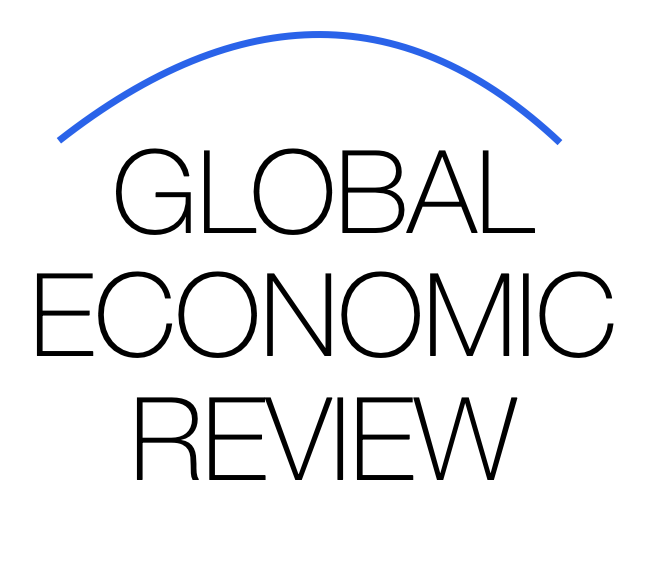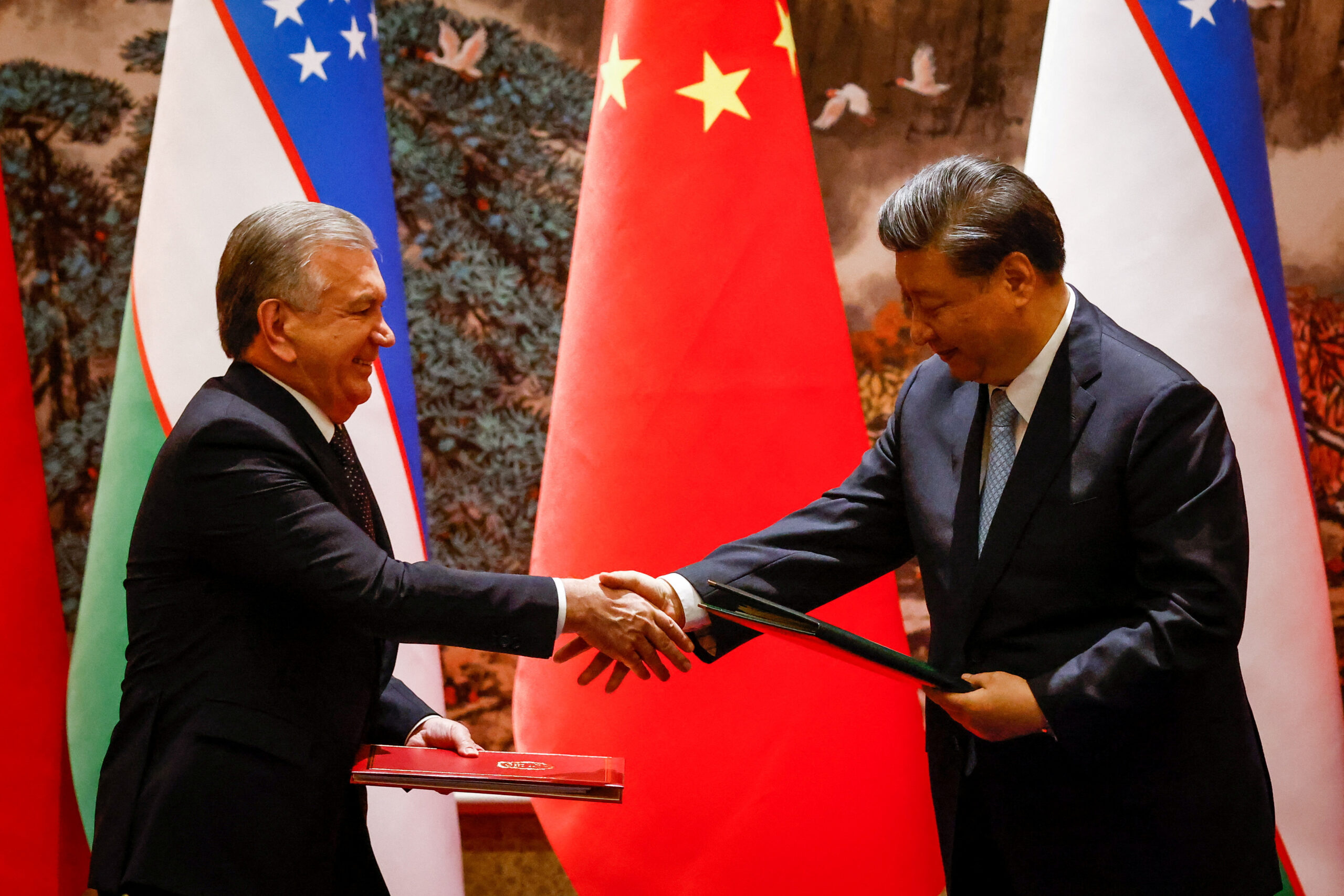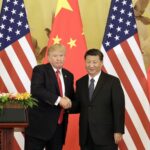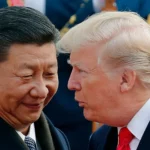China’s Expanding Debt Load Signals Deep Structural Risks to Global Economy
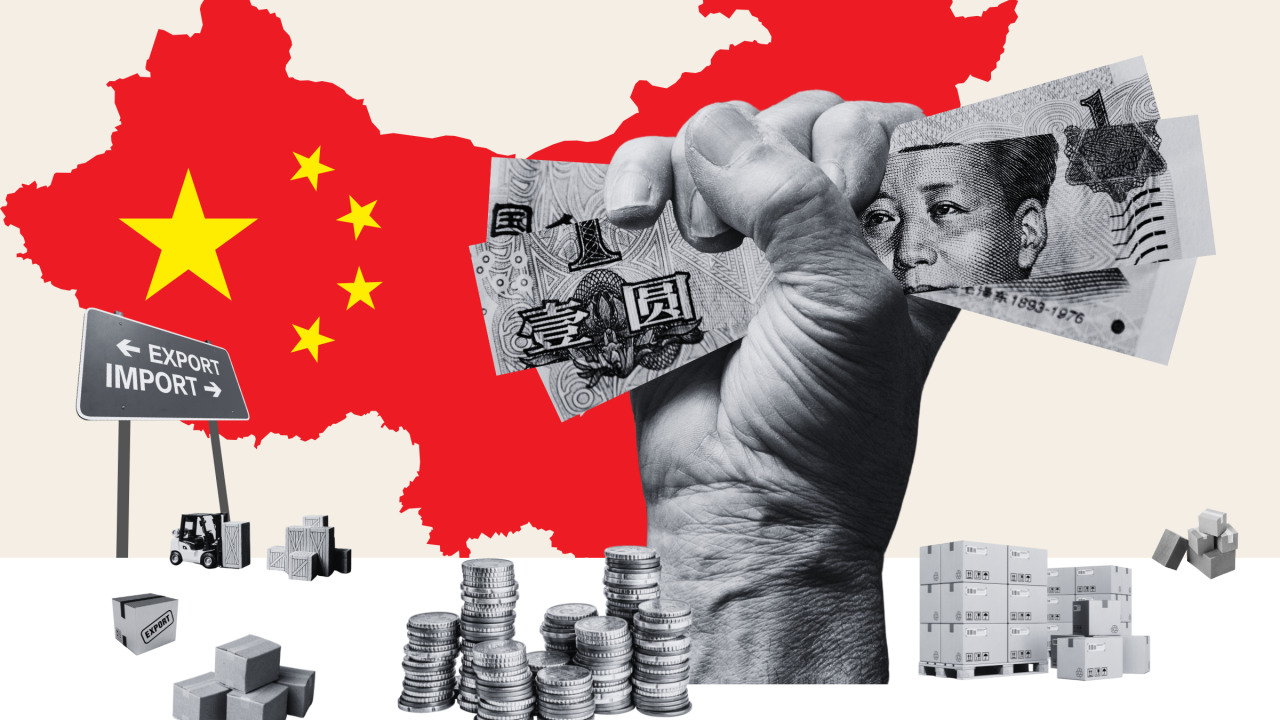
China’s debt burden has reached alarming proportions, with total debt-to-GDP estimated to exceed 300%, far surpassing the United States and raising fresh concerns about the long-term sustainability of the world’s second-largest economy. While America’s federal debt garners frequent headlines, China’s hidden and layered debt—spanning government, corporate, and household levels—has become one of the most significant financial risks globally.
A Closer Look at China’s Debt Composition
Unlike the U.S., where most debt lies at the sovereign level, China’s debt is heavily concentrated in the corporate sector, particularly among state-owned enterprises (SOEs) and local government financing vehicles (LGFVs). This complexity makes the debt less transparent and far more difficult to monitor or restructure.
- Corporate Debt: China’s non-financial corporate debt stands at over 160% of GDP, making it the highest among major economies.
- Government and Local Debt: Official central government debt is modest, but local governments often engage in off-balance-sheet borrowing via LGFVs, pushing real liabilities much higher.
- Household Debt: Household leverage has also grown rapidly, driven by property speculation and mortgage lending, now accounting for over 60% of GDP.
By contrast, U.S. debt, while sizable at over 120% of GDP, is centralized and transparent, issued largely in its own currency, and supported by deep capital markets.
Property Crisis and the Domino Effect
The collapse of major real estate developers such as Evergrande and Country Garden has laid bare the fragility of China’s debt-fueled growth model. As property sales plunge and developers default, the knock-on effects extend to banks, LGFVs, and even household balance sheets.
Many of these developers had been instrumental in local infrastructure funding through land sales—meaning the ongoing property crisis risks starving local governments of revenue, while saddling them with mounting debt burdens.
Implications for the Global Economy
China’s debt problem is not merely domestic—it has global ramifications:
- Deflationary Pressure: As China deleverages, domestic demand slows, reducing global trade flows and commodity demand.
- Currency Fragility: Excessive debt raises concerns about the yuan’s stability and Beijing’s ability to maintain capital controls.
- Financial Contagion: Global markets remain exposed through investment portfolios, supply chains, and financial counterparties linked to Chinese firms.
Can China Manage the Crisis?
Beijing still possesses substantial tools to manage its debt crisis—capital controls, state-owned banks, and monetary easing. However, repeated reliance on stimulus and moral hazard has only deepened systemic imbalances.
The central government is now shifting toward deleveraging and structural reform, but progress is slow and politically sensitive. Reforms risk further slowing growth, while stimulus could exacerbate the underlying problem.
Conclusion
China’s debt—now over 300% of GDP—reflects a deeper structural issue: an economy that has become too dependent on credit to sustain growth. As Beijing navigates between reform and risk containment, the rest of the world watches closely. If mishandled, China’s debt bubble could become not just a domestic concern—but a global financial shock.
In contrast to U.S. debt, which is more manageable due to currency, policy flexibility, and market depth, China’s opaque and fragmented liabilities pose a more complex threat. The next decade will be pivotal in determining whether China can transition from credit-driven expansion to sustainable, productivity-led growth.
